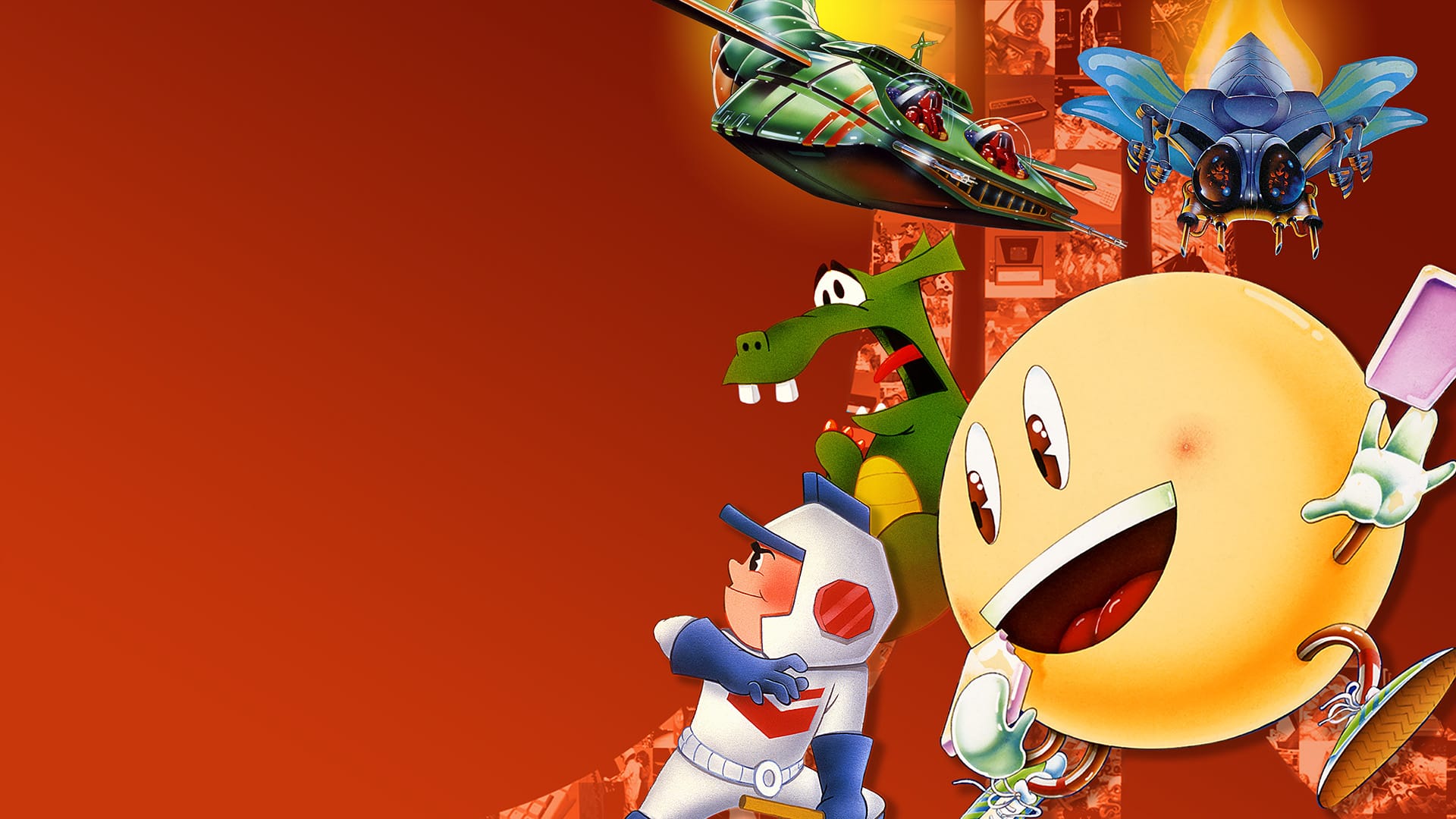All is not well on the distant asteroid Frontier Horizon. Source of the new element viridium, mankind’s key to the stars, the hollowed-out rock has been taken over by a hostile mutagen. The miners and technicians have been transformed into blood-hungry monsters, and the neglected facilities have become a maze of vicious death traps. It sounds like a job for “the infamous Gemini II squad”, and fortunately the battle-hardened mercenaries are already on their way…
This brilliantly pulpy sci-fi setup is the raw material for B.I.O.T.A., a side-scrolling run-and-gun platformer by developer Small Bros – essentially a one-man operation. It is always impressive when tiny teams are able to complete a game; when they make one this good, it is a real cause for celebration. This is a project which has a modest but clever design, and delivers on it to an impressively high standard. Capturing the appeal of mid-‘80s side-scrollers but with Metroidvania elements and a modern polish, B.I.O.T.A. is a charming gem, well worth the handful of hours it takes to finish.
The most immediately striking thing about the game is its graphics. Small Bros has gone for a crunchy 8-bit aesthetic which is a good fit for the gameplay. At any one time, the game uses just four colours, but there are no less than 54 different named palettes to choose from. Some of these are available from the outset, but others are unlocked by obtaining alien specimens hidden within the levels. Games with this kind of old-school look can become a bit wearying on the eyes, so the ability to switch palettes on the fly is very welcome. The pixel art itself is impressive, and B.I.O.T.A. achieves maximum personality from a minimal resolution – a bandana waves, a robot’s head rotates 360 degrees, the propeller on a torpedo turns, and each of these is done with just a few pixels each.
The troubled asteroid Frontier Horizon is divided up into several distinct zones, including a nuclear plant and a set of gloomy caves. Each is eventually accessible using a central elevator at the Gemini II squad’s makeshift HQ on the surface. Each zone, in turn, is divided into a number of rooms which mostly comprise one screen. B.I.O.T.A., then, is mostly what used to be called a “flip screen” platformer, proceeding one screen at a time – only occasionally does it side-scroll.
Controls are simple – each member of the squad can run, jump, and fire their weapon to either side or directly up. In addition to a unique main gun, each soldier also has a special power all of their own. At first glance, B.I.O.T.A. can seem almost too simple; but character selection is one area where a little complexity comes into play. Where long-range firepower is needed, then the team’s sniper Flynt is often the best choice. Conversely, Soviet mutant Kirill is often a good choice for tackling bosses, due to a purchasable alternate power which deals heavy indirect damage.
Much of the game consists of switching between characters, blasting hordes of monsters, and locating or purchasing the critical item which will permit access to the next zone. It’s a satisfying loop, due in part to the upgrades which can be bought at black market vendors hidden away across Frontier Horizon. The chance to acquire new abilities is one reason for switching to other members of the squad quite frequently. Another character can be rescued early on, a chaingun-toting robot can be bought, and still others are unlocked upon completing the game. The challenge is real, but fair – it is possible to instantly quicksave at any time, when in a room that has been cleared of enemies.
Each zone has its own distinct look and unique set of enemy types, which helps to keep things fresh. Even so, B.I.O.T.A. risks becoming repetitive. Happily, it largely avoids this partly due to its modest length – it can be tackled in about six hours – and partly due to some special vehicle sections in which a mech, a submarine, and a starship can be piloted. The boss encounters are few in number and mercifully fair in their difficulty level. In many ways, B.I.O.T.A. recalls classics like Mega Man and Contra but feels much more playable and respectful of the player’s time. Outside of the main story, there is a new game plus option, a shooting gallery, and an unlockable time trial mode for those in pursuit of true mastery.
As engaging as this 8-bit revival is, there are a few minor issues. At times, visibility can be a problem due to the four-colour palettes – especially early on, it isn’t always obvious what is a platform, and what is just decoration. More rarely, the game’s own HUD at the top of the screen can obscure the route to a room located above the current one. Lastly, the game’s emphasis on instant death traps can become a bit excessive at times, despite the ability to save almost anywhere.
Games which work to revive the glory days of ‘80s platformers are a fairly common sight these days, and are a logical choice of project for developers like Small Bros. B.I.O.T.A. has the special qualities that are needed to stand out from the crowd. It summons up the memory of the run-and-gun games of yesteryear, but never becomes repetitive or frustrating as they did. Its modern conveniences, like save-anywhere and a flexible character system, turn the game into something more than just a retro revival. Games with a philosophy this obviously nostalgic aren’t for everyone, but anyone who digs this retro look is sure to enjoy a trip to Frontier Horizon.





